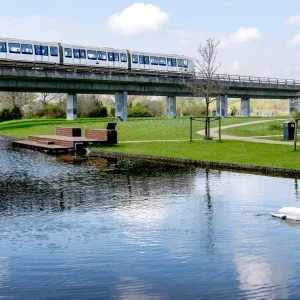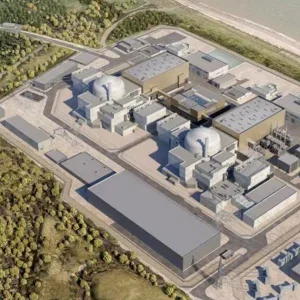Analysis of the satellite imagery has been conducted by Yonhap, a large South Korean news agency, and 38north, a website devoted to the study of North Korea.
New site structures were apparently visible at the worksites on Mount Musan, which houses the facility. Compared with earlier photographs, significant spoil dumps had become apparent. Earlier stacks of logs were no longer visible and it is thought that wooden supports might be used during excavation.
The tunnels are arranged around a central support facility. Analysis of site activity suggests the earliest test tunnel has been left without significant maintenance work, but later tunnels show continued activity.
Of particular interest to future projects at the site, US engineers have previously hypothesised (and debated some evidence) that repeated nuclear tests inside mountains can cause ‘tired mountain syndrome’ where the rock becomes weakened with subsequent blasts, supposedly causing cracking and a diminished ability to contain nuclear blasts.







